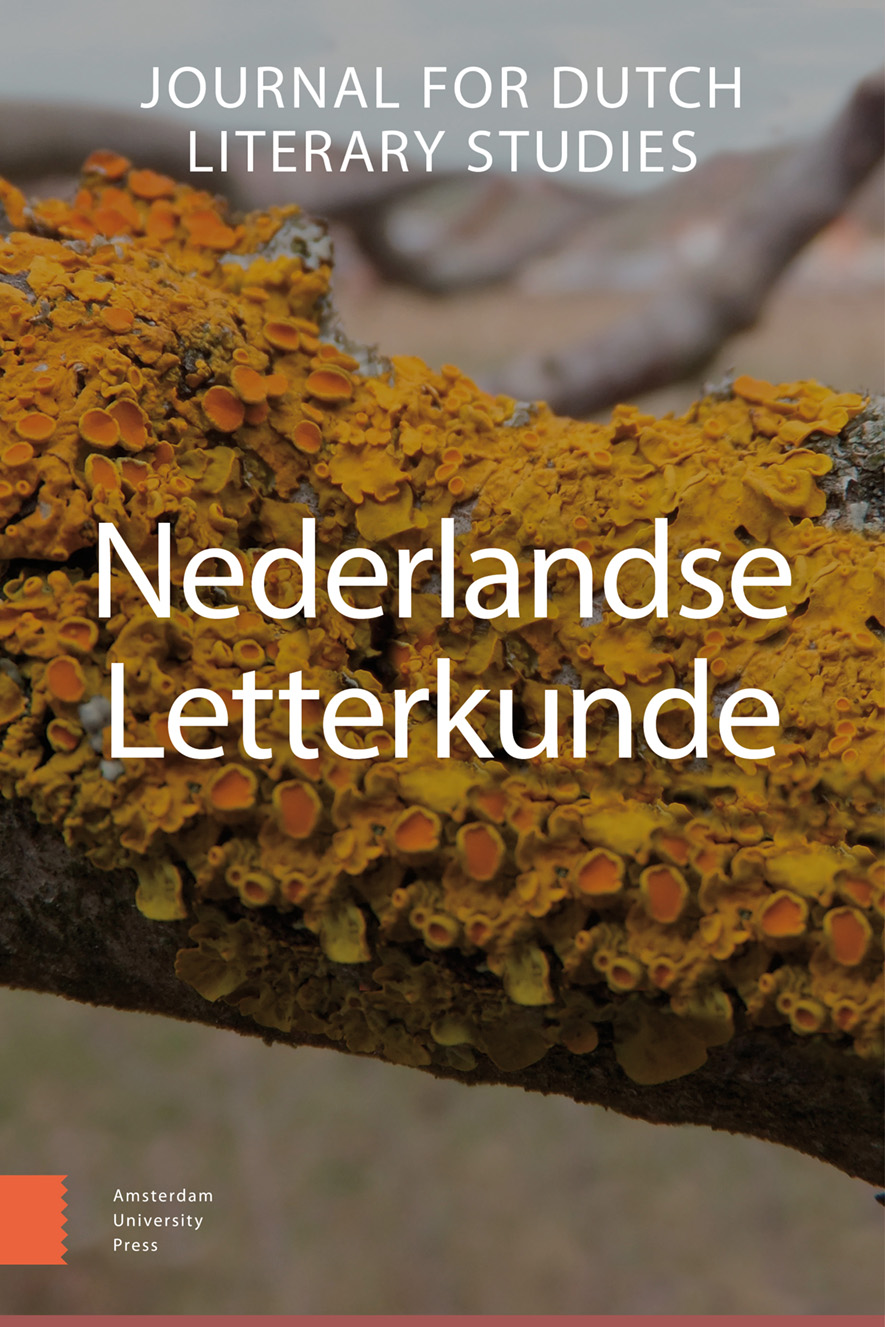-
oa Tussen feit en fictie - Over Roelants wapenschild en een Zuid-Vlaams ontstaansmilieu voor de Middelnederlandse Fierabras
- Amsterdam University Press
- Source: Nederlandse Letterkunde, Volume 16, Issue 1, jan. 2011, p. 1 - 18
- Vorig Artikel
- Inhoudsopgave
- Volgend Artikel
Samenvatting
In 1860, Blommaert edited a manuscript fragment, found in the municipal archives of Bourbourg. The fragment offers a unique text witness of a Middle Dutch Carolingian epic, nowadays known as the Fierabras. Just before the fragment breaks off, the text discusses the shield (escutcheon) of the epical heroes Roland and his father Milon, bearing a red lion rampant on a field of gold. In 1937, Knuttel recognized in this heraldic detail an unambiguous allusion to the arms of the counts of Holland. Ever since, researchers believe the Bourbourg-text to have been written for the court of Holland, being one of the sparse testimonies of the interest the Dutch nobility in the north took in patronizing Middle Dutch chivalric literature. Our investigations, however, seem to counter this view. Members of the House of Gavere, in the south of Flanders, took on a variant of Roland’s shield by the end of the thirteenth century, claiming descendance from a comrade-in-arms of the epic hero. This legend took root in southern Flemish manuscript illumination around 1300. It will be demonstrated that southern Flanders – the region around Gavere – is an equally likely context for the composition of the Bourbourg-text, offering a much more plausible explanation for the southern Flemish dialect of its poet.


